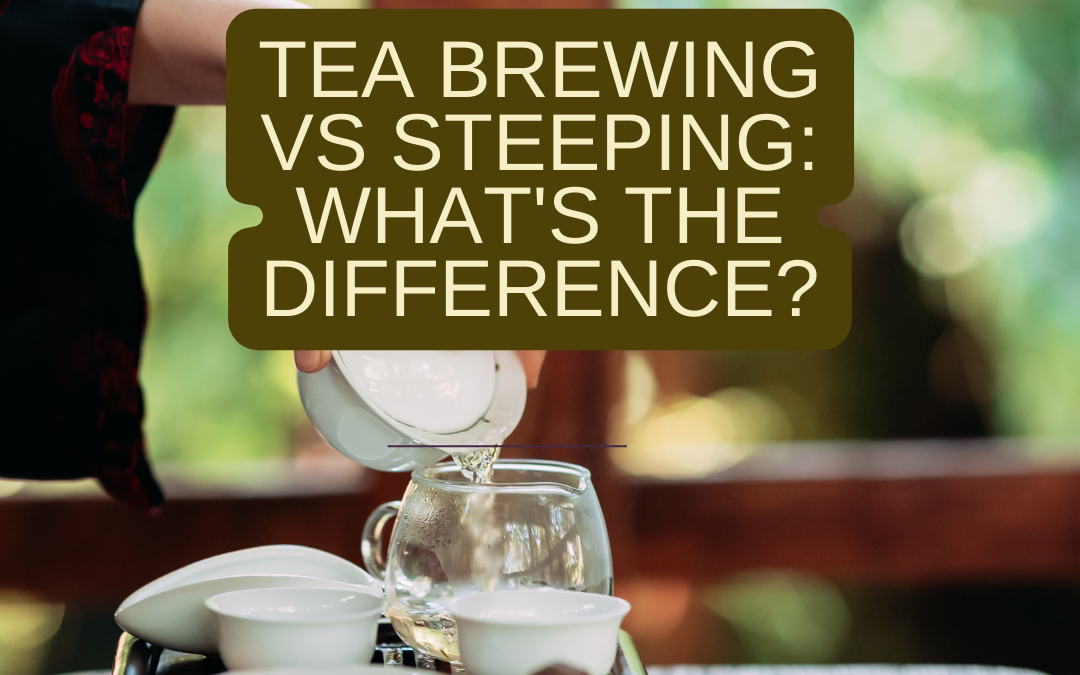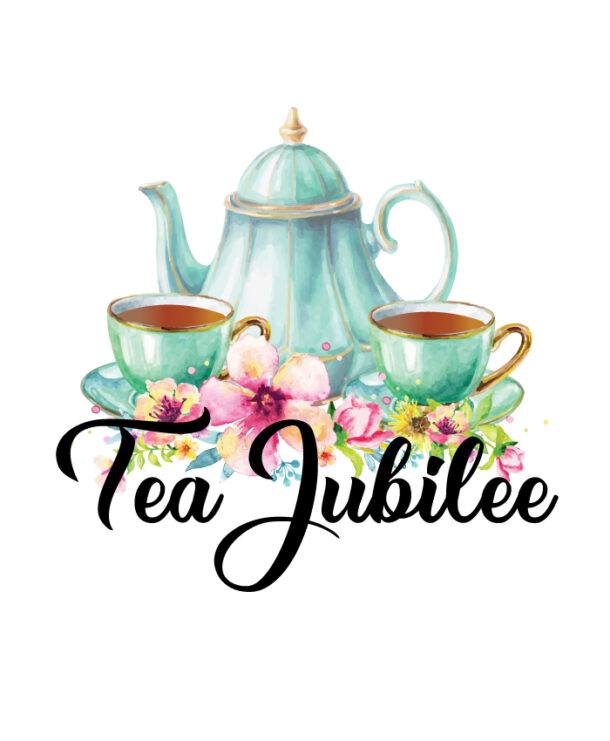==================
A Caveat and Affiliates
First off, a little caveat: within my articles you will find affiliate links, meaning if you buy them, I get a small commission. Your cost is not affected. In addition, I am an Amazon Associate and I earn from qualifying purchases on Amazon.
And yes, if I say that I recommend a product here, it means I truly believe it is a good product. I refuse to recommend any product that I have not researched and believe to be a good value.
Even better, I provide you with a very clear picture of the product, it’s use, and the probable value.
Earning your trust is important to me. I run this website myself and the commissions and donations help support the site.
Sound reasonable and fair enough? Let’s continue to the article.
==================
Contents
Decoding the Differences: Tea Brewing vs Steeping
So we have written many articles about tea brewing and how it can be perfect each time, but today, we wanted to explore the difference between Tea Brewing and Steeping.
Get Ready to take notes on this article.

Tea is one of the world’s most beloved and widely consumed beverages. Whether you prefer a hot cup of soothing herbal tea or a refreshing glass of iced tea, preparing this delightful drink can vary.
Two standard methods of preparing tea are brewing and steeping. In this article, I will delve into the nuances of tea brewing and steeping, exploring their history, the science behind them, and the factors to consider when choosing between them.
What is Tea Brewing?
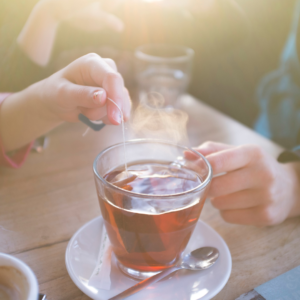
Tea brewing extracts the flavors, aromas, and nutrients from tea leaves using hot water. It involves heating the water to a specific temperature and immersing the tea leaves in it for some time.
The water temperature and steeping time can vary depending on the type of tea being brewed. The goal of brewing is to extract the desired flavors and characteristics of the tea leaves while avoiding bitterness or astringency.
What is Tea Steeping?
On the other hand, tea steeping is a method of preparing tea that involves immersing tea leaves or herbal infusions in hot or cold water for a specific period.
Unlike brewing, steeping does not require precise temperature control and is often a more relaxed and informal tea preparation method. Steeping is commonly used for herbal teas, where the flavors and health benefits can be extracted simply by allowing the ingredients to infuse into the water.
The History and Origins of Tea Brewing and Steeping
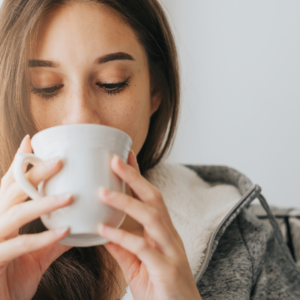
Tea has a rich and fascinating history that dates back thousands of years. The origins of tea brewing can be traced back to ancient China, where it was believed to have been discovered by the legendary Emperor Shennong.
The practice of brewing tea spread throughout East Asia and eventually reached the rest of the world. Steeping, on the other hand, has its roots in herbal medicine and the use of plant infusions for their therapeutic properties. It has been practiced in various cultures across the globe for centuries.
The Science Behind Tea Brewing and Steeping
The process of tea brewing and steeping involves the extraction of various compounds from the tea leaves or herbal ingredients. The primary compounds responsible for the flavor and aroma of tea are called catechins and volatile oils. These compounds are soluble in water and are released when the leaves are steeped or brewed.
The temperature and duration of the steeping or brewing process affect the extraction of these compounds. Higher temperatures and longer steeping times can produce a more robust and intense flavor, while lower temperatures and shorter steeping times result in a milder infusion.
The Differences Between Tea Brewing and Steeping
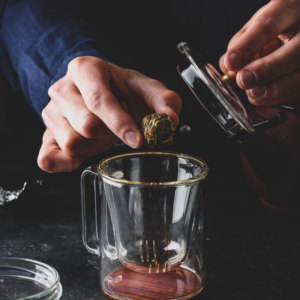
While both brewing and steeping involve the extraction of flavors from tea leaves or herbal infusions, the two methods have some key differences. Brewing typically requires more precise temperature control and specific steeping times. In contrast, steeping is often more flexible and relaxed.
Brewing is commonly used for tea leaves, such as green, black, or oolong tea, while steeping is preferred for herbal infusions. Additionally, brewing is often associated with a more ritualistic and ceremonial approach to tea preparation, whereas steeping is seen as a more casual and informal method.
Factors to Consider When Choosing Between Tea Brewing and Steeping
Several factors must be considered when deciding whether to brew or steep your tea. Firstly, consider the type of tea or herbal infusion you are using. Certain teas, such as black or oolong tea, are best brewed to bring out their complex flavors, while herbal infusions can be steeped to extract their medicinal properties.
Secondly, consider your personal preferences. Brewing may require more precise temperature control and steeping times, but it often results in a more nuanced and flavorful cup of tea. On the other hand, steeping offers a more relaxed and casual approach to tea preparation.
Pros and Cons of Tea Brewing
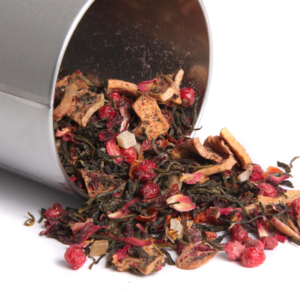
Tea brewing has its own set of advantages and disadvantages. One of the main benefits of brewing tea is that it allows for a more controlled and precise extraction of flavors.
This method also produces a more robust and aromatic cup of tea. However, brewing tea requires more equipment and expertise, which may be intimidating for beginners. Additionally, the precise temperature and steeping times can vary depending on the type of tea, making it essential to follow specific guidelines to achieve the desired results.
Pros and Cons of Tea Steeping
Steeping tea has its unique advantages and disadvantages. One of the main benefits of steeping tea is its simplicity and flexibility.
Steeping does not require precise temperature control or steeping times, making it a more accessible method for beginners.
This method also allows for a more relaxed and informal tea experience. However, steeping may produce a milder infusion than brewing, as the flavors are not extracted as intensely. Additionally, certain types of tea, such as black or oolong, may not be suitable for steeping due to their complex flavors.
Popular Tea Brewing Methods
There are several popular methods of brewing tea, each with unique characteristics. Some of the most common brewing methods include:
- Western-style brewing: This method involves steeping loose tea leaves in a teapot or infuser and pouring the brewed tea into individual cups.
- Gongfu brewing: Originating from China, this traditional method involves multiple short infusions of tea leaves in a small teapot, allowing for a more concentrated and flavorful cup of tea.
- Japanese-style brewing: This method, commonly used for green tea, involves using a teapot or teacup with a built-in filter and brewing the tea at a lower temperature for a shorter time to preserve the delicate flavors.
Popular Tea Steeping Methods
There are also various methods to choose from for steeping tea. Some popular steeping methods include:
- Hot steeping involves pouring hot water over tea leaves or herbal infusions, allowing them to steep for a specific period before straining.
- Cold steeping is particularly popular for herbal infusions or iced tea. It involves steeping tea leaves or herbal ingredients in cold water for an extended period, typically overnight, to extract the flavors slowly.
Brewing vs Steeping: Which Method is Better?
The choice between brewing and steeping ultimately depends on personal preferences, the tea or herbal infusion used, and the desired flavors and characteristics.
Brewing is ideal for those seeking a more precise and nuanced cup of tea, while steeping offers a more relaxed and informal approach. Experimenting with both methods can help you discover the brewing or steeping technique that best suits your taste and lifestyle.
Conclusion
In conclusion, tea brewing and steeping are two distinct methods of preparing tea, each with unique characteristics and benefits. The choice between brewing and steeping depends on factors such as the tea or herbal infusion type, personal preferences, and desired flavors.
Whether you brew or steep your tea, remember to savor each sip and enjoy the meditative experience that tea brings. Experiment with different brewing and steeping methods to find your perfect cup of tea. Cheers to a delightful tea journey!
Whether you prefer the precise and controlled nature of brewing or the simplicity and flexibility of steeping, both methods offer a delightful way to enjoy the flavors and aromas of tea.
So grab your favorite tea leaves or herbal infusions, and embark on a tea brewing or steeping journey to discover the perfect cup of tea for you.
Do you need a teapot article to read and possibly buy from? We have your back! Check out all of our posts about teapots below.
Teapot articles from tea jubilee.
Best Tea Pots with Infuser for Loose Leaf Tea.
Best Glass Teapot with Infuser.
More From Tea Jubilee
The Ultimate Tea Brewer’s Handbook
The Difference between Steeping and Brewing Tea
The Definitive Guide to Tea Brewing
And that’s all for today. Thank you for reading about Tea Brewing vs Steeping. I hope you enjoyed reading about this post, too, and if you also found it helpful to know about this, share it with friends and family so they
Have a great day!


